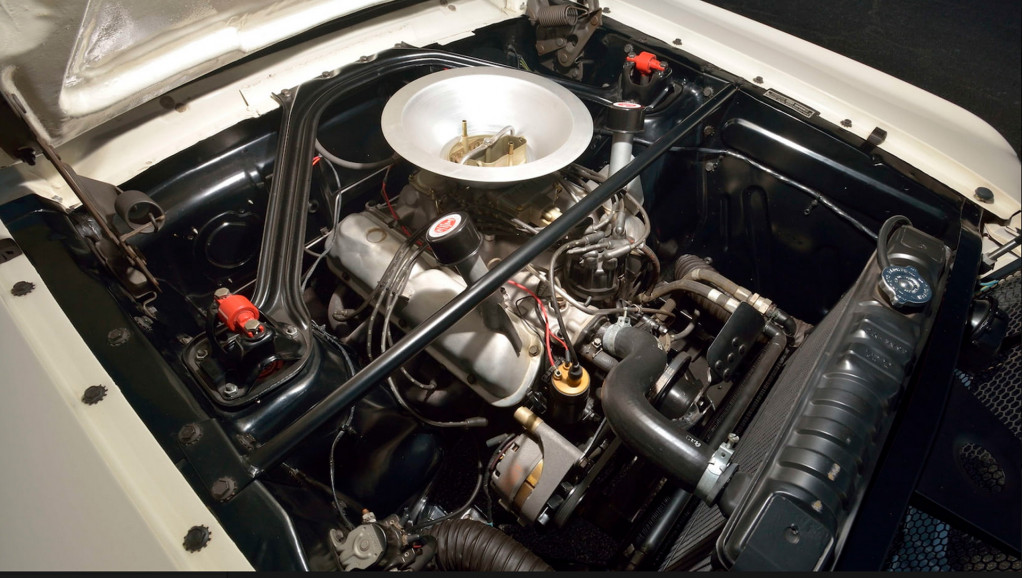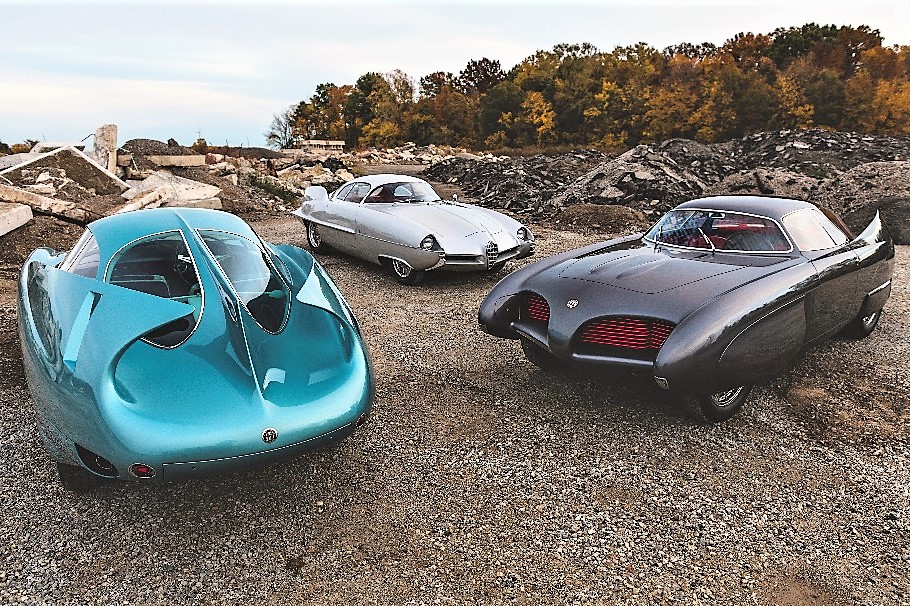Last summer, an original 1965 Ford Shelby GT350 Competition became the most valuable Mustang in the nameplate’s history when it fetched $3.85 million at auction, eclipsing the the $3.4 million bid on the original “Bullitt” movie car at an auction last January.
What made it so valuable was the fact that it was the famous “Flying Mustang” driven to victory by Ken Miles at an SCCA event held at Green Valley Raceway in Smithfield, Texas, in 1965, marking the first time the GT350 Competition saw action.

1965 Ford Shelby GT350 Competition bearing chassis no. SFM5R106 – Photo credit: Mecum Auctions
Now another GT350 Competition is headed for auction, and while it doesn’t have the provenance of the Ken Miles car, it should still bring some big bucks during bidding. The car, bearing chassis number SFM5R106, is headed to Mecum’s auction running Jan. 7-16 in Kissimmee, Florida. The car is lot F158 and included in the sale are original documents like the purchase order and delivery form. The estimate is between $1.2M and $1.5M.
The GT350 Competition, traditionally referred to as a GT350R, because of the “R” included in the model’s chassis code, is the race version of the Ford Shelby GT350. Only 34 production examples and two prototypes were built, according to original documentation, though Carroll Shelby maintained that there were 35 production examples originally built. Today there are many replicas, as well as some continuation examples built by the same folks that built the originals.

1965 Ford Shelby GT350 Competition bearing chassis no. SFM5R106 – Photo credit: Mecum Auctions
Compared to the regular GT350, the Competition version received new suspension tuning, a modified 289-cubic-inch V-8, an improved cooling system, fiberglass body panels and Plexiglass windows. The interior was gutted for racing, and a full roll cage was added to meet competition regulations.
Chassis no. SFM5R106 was raced in Midwest SCCA National events by its first owner, Richard Jordan, a veteran Corvette racer and graduate of the Carroll Shelby School of High Performance Driving at Riverside, California. He purchased the car through Jack Loftus Ford in Hinsdale, Illinois, and took it racing just 10 days after taking delivery, in an event held at Road America in Elkhart Lake, Wisconsin, on September 4, 1965. Jordan put the car into storage in the early 1970s, where it sat until 1987 when it was bought by its second owner. As a result, it only has 4,930 miles on the clock.

1965 Ford Shelby GT350 Competition bearing chassis no. SFM5R106 – Photo credit: Mecum Auctions
Two original 1965 Ford Shelby GT350s will also go under the hammer at the Mecum event, including one example, the sixth off the line, which was built into a drag racer by its first owner. That owner was Jerry Mendes who set an NHRA class record in 1968 with a quarter-mile time of 12.38 seconds at 110.83 mph.
Other highlights at the upcoming auction include the first Pontiac Firebird built and a Chevrolet Corvette Z06 formerly owned by racing legend Mickey Thompson.



